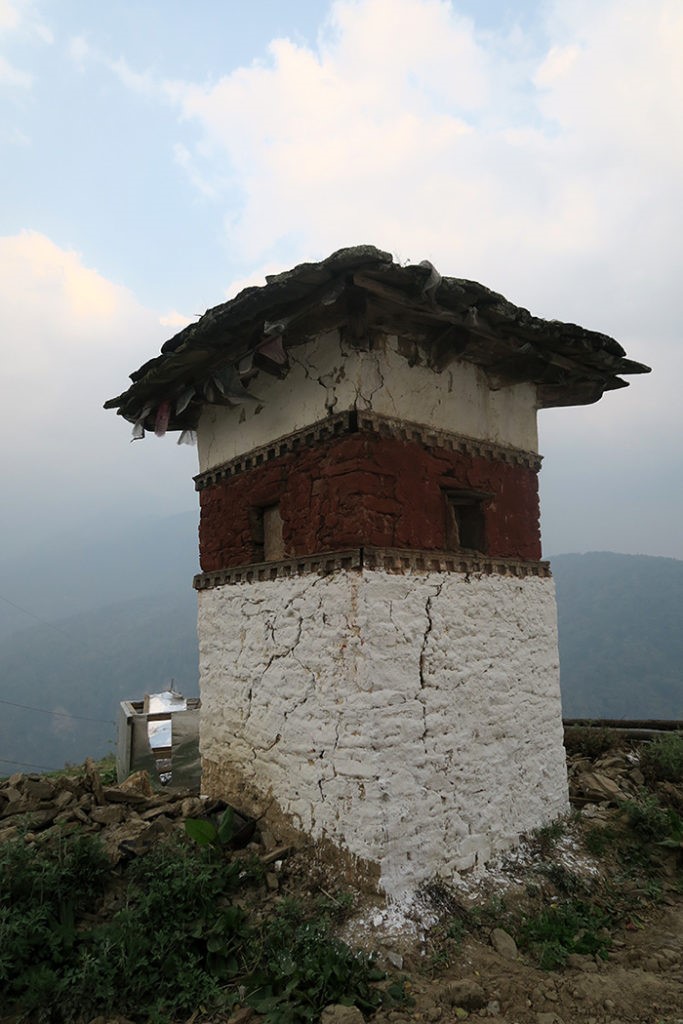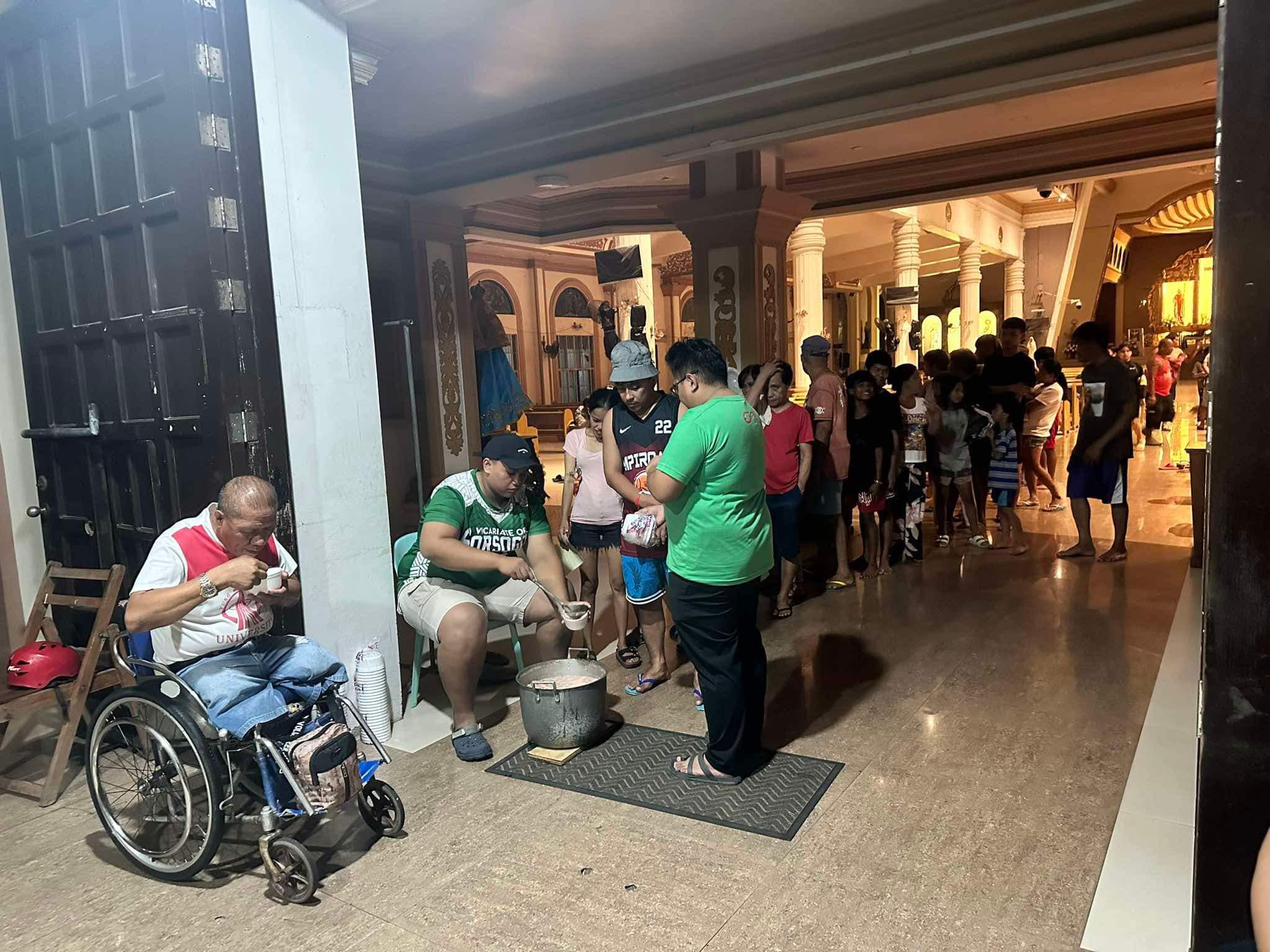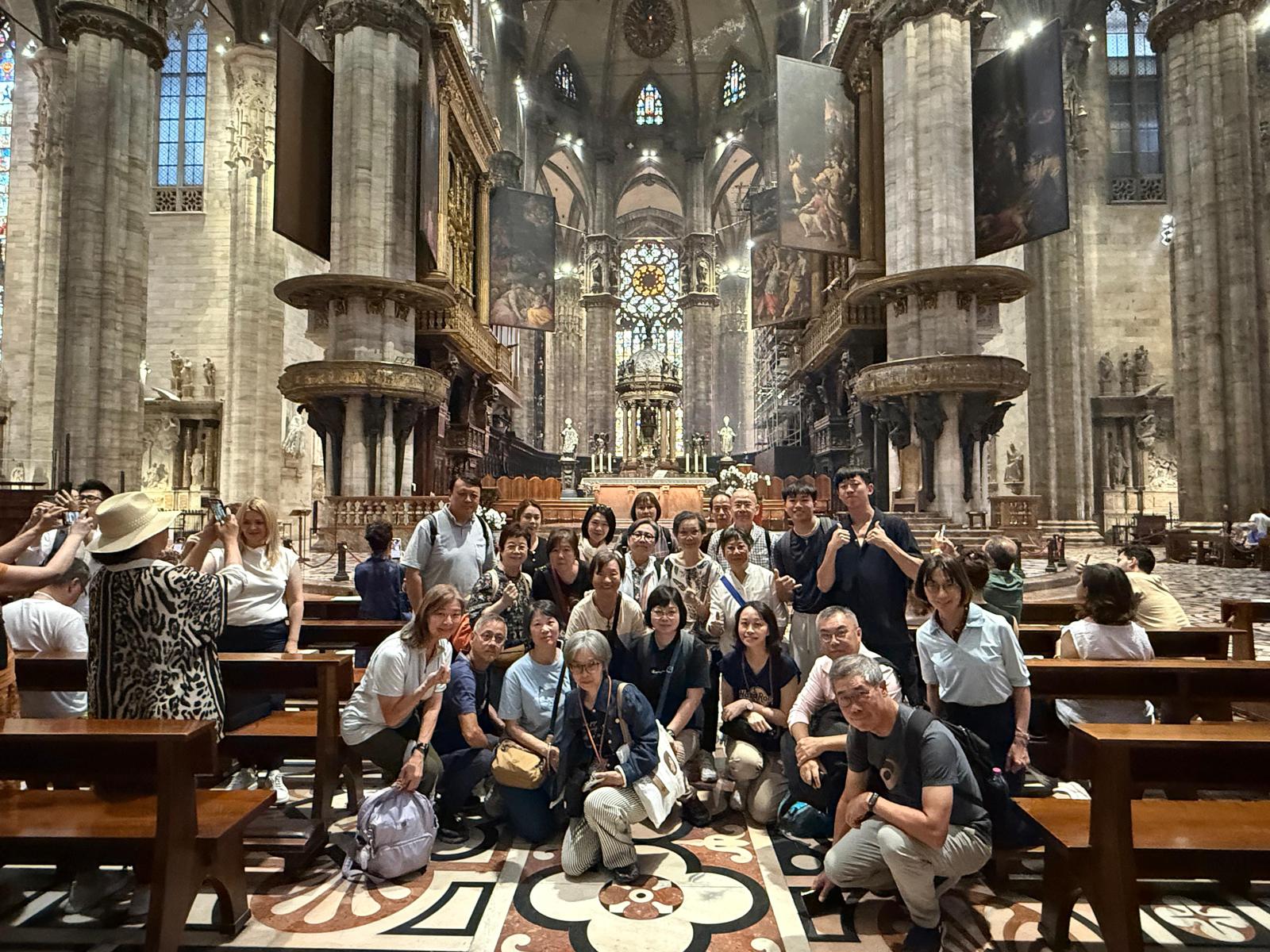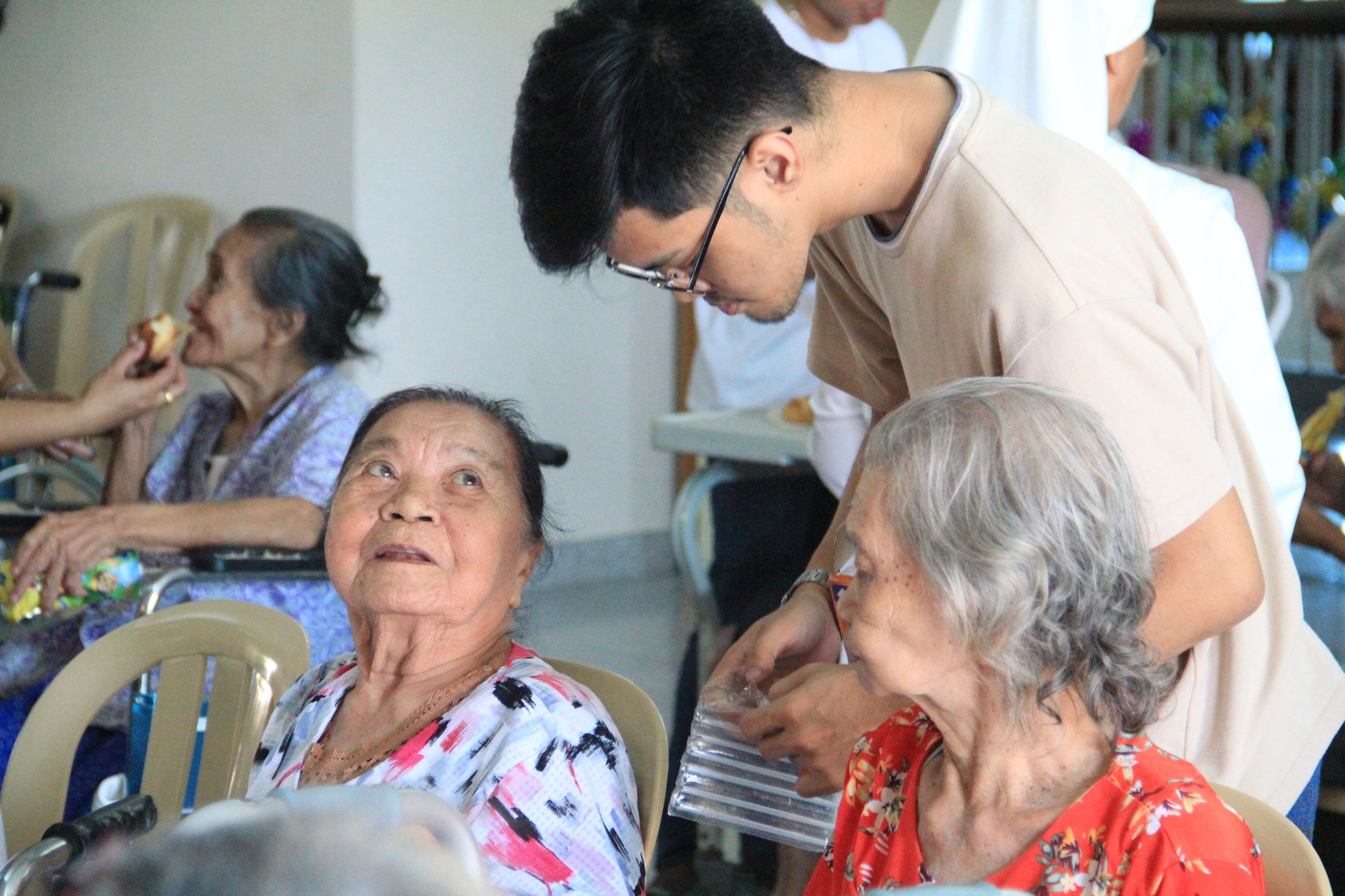Joaquim Magalhães de Castro
Sangay takes us directly to the local monastery, the Chhuka Dzongkhag, after decades of total carelessness, recently rehabilitated. Seriously wrecked by an earthquake in 1978 – the cracks in the walls of a surrounding stupa is a good proof of it – it has been in imminent danger of overthrow all these years, calling into question the safety of the children of a nearby school that made of that ground their ball field. However, in the last fifty years a few researchers visited Chapcha – “two Japanese and two subjects of another country, I do not remember which” – and in 1988, a ray of hope would emerge with the interest manifested by Pierre Richard, representative in Pondicherry of the prestigious French School of the Far East, who in Chapcha carried out a study and without success tried to obtain funds of the Eliseu for a rehabilitation that would arrive already in the second decade of the 21st century. This, after a crash seriously injured one of the schoolboys. That is: we almost debuted the new gompa, where a museum will perhaps be installed in the future. A quick search on the internet offers me a single photo of the original building, stamped on an old stamp with the nominal value of 50 chetrums. That is, half the unit of the ngultrum, the currency in the country, unchangeable elsewhere or by any other currency.
Let us consider the Cacela’s report concerning his and Cabral’s arrival to the locality: “Having departed from the first village, after a six days hard walk, always through rugged mountains, we came to a greater one that is called Rintam, where we found the main house of this King, and his people took good care of us.”
Sangay catches our attention (a surprise he had kept up his sleeve) to a small heap of schist slabs that goes unnoticed to the eyes of a layman. The locals call it “the Shabdrung Throne.” For the guide, this is an unmistakable sign of the presence of the real figure in the hamlet. “It was here that the Shabdrung received the Portuguese Jesuits,” he says. The Bhutanese even mention the tents that were set up for them, as Cacela writes, referring, however, to a far eastern place near Thimphu. According to Sangay’s version it was also in this place that Shabdrung promised them the construction of a church, an intention that, apparently, never materialized.
“The eldest people in the village recall that in the past this was an important place of worship and temporary residence for religious leaders,” adds our guide. Given this statement, as well as the itinerant character of the court of the Bhutanese monarch, I can understand the association of the mentioned throne to the figure of Shabdrung. Surely Chapcha had previously received the visit of the monk-king, but not when the Jesuits were sojourning there.


 Follow
Follow


